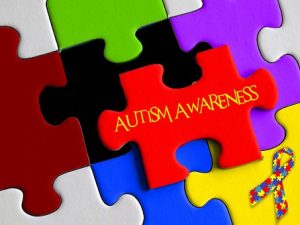
According to the Indiana Resource Center for Autism at Indiana University Bloomington, almost 19,000 students meet the educational criteria for autism spectrum disorders, which can affect their ability to learn, communicate and socialize.
For parents and pediatricians, the focus is on early diagnosis.
Courtney Wolley, Autism Society of Indiana Executive Director, said parents should look for certain behaviors in young children, that can appear as early as 12 months of age.
“If there are any delays – with communication, with movement, interaction – if they’re not smiling, they’re not responding to their name, potentially, shying away from stimulation, there may be something at play,” Wolley said.
This year, one in 63 Indiana students has an ASD diagnosis. That is up from one in 66 the previous year. But it is lower than the national average of one in 44 children, and autism is over four times more common in boys than girls, according to the Centers for Disease Control and Prevention.
The Act Early Indiana campaign is part of the CDC’s push to get parents and early-childhood educators to track kids’ developmental milestones from birth to age 5.
The National Institute of Health (NIH) confirms there’s a wide range of performance levels with an ASD diagnosis. Someone with what is known as “high-functioning” autism might use a communication device or other methods of expressing themselves instead of words.
“There may be more of the social interactions that they struggle with, certain stimulations that they are not comfortable with,” Wolley said.
According to the NIH, symptoms can improve with age, treatment, and services, which is why early diagnosis is key. 35% of young adults ages 19 to 23 on the autism spectrum have not been employed or gone on to college after leaving high school, and ASD rates have grown steadily in the last 20 years.
(Story by our news-gathering partners at Indiana News Service)



